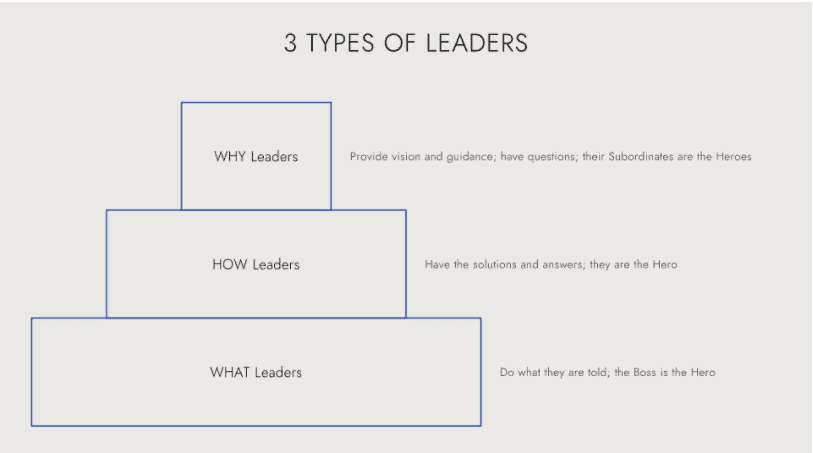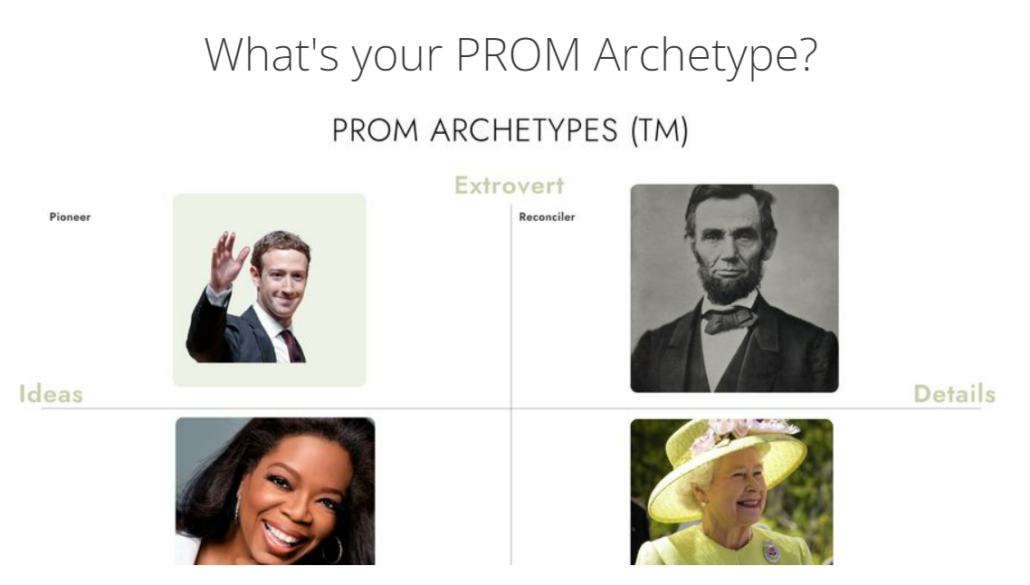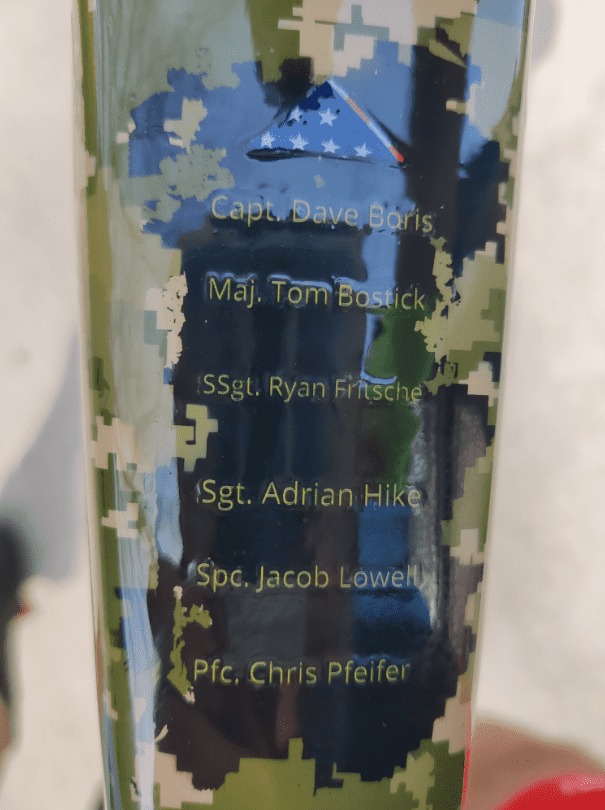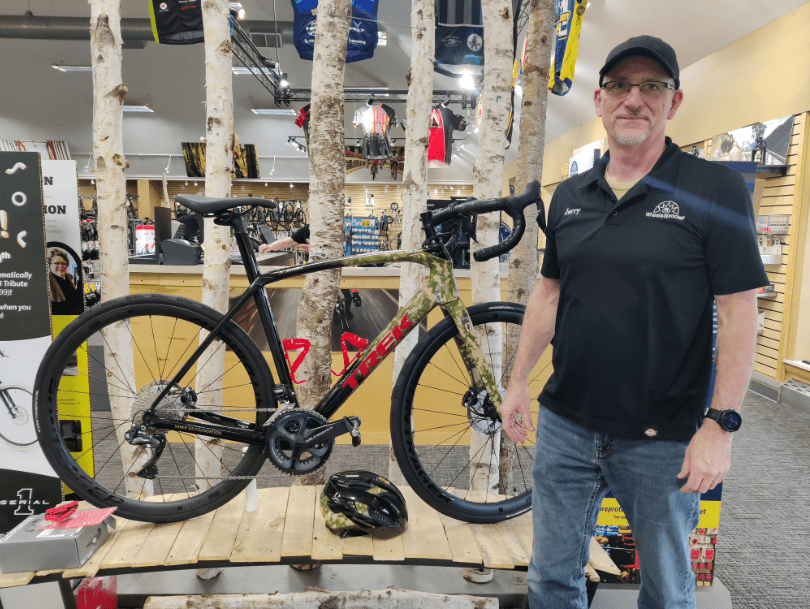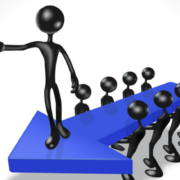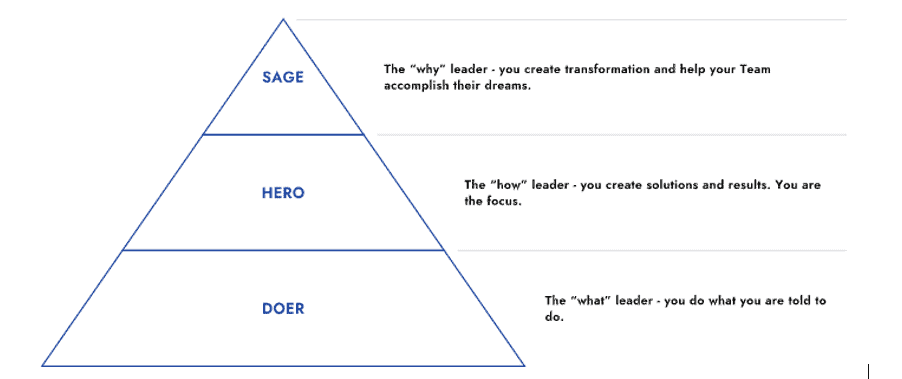STOP! – It’s Reflection Time: The day-to-day Grind has a way of Consuming our every Being
Find time to pause, practice gratitude, and reflection.

Why is reflection so important?
I had a bad dream last weekend that jarred me from my sleep and almost stole the rest of my night away. I attribute the dream to the Ukrainian tragedy and a book I’m reading called, “The Beekeeper of Aleppo” by Christy Lefteri which is about a Syrian refugee and his wife in 2015.
My dream was related to my five-year-old. This five-year-old has the kindest heart. He cries when he accidentally hurts someone, he’s distraught when someone dies on TV, and he loves to cuddle and give others his “hug attacks.” When I pick him up from daycare, the kids line up to say goodbye and get a hug from him. In my dream, he was sitting on my lap and I was embracing him tightly, telling him that I loved him with earnest conviction because I knew, based on what was happening around me, that his innocence was going to be destroyed within the next few moments.
I can’t remember if it was terrorists coming to steal him from me or bombs exploding around us, but I knew I was going to lose my sweet and tenderhearted boy. As someone who typically forgets everything about my dreams, I can’t believe how vividly I still remember this gut-wrenching feeling.
I spent the next few hours in a reflective state, grateful that my family lives a “privileged” life and almost laughing at the mundane things that we decide to get upset and worried about. Of course, my thoughts veered towards business leadership.

It’s already May and 2022 is approaching its halfway point. Schools are finishing up for the year, the hustle and bustle of summer is quickly approaching, and we’re busier than ever. This dream came at an opportune time to pause, practice reflection, and be grateful for all that has happened so far this year. We often get so engrossed with our day-to-day habits, that we forget to look at the big picture and make sure we’re still following our dreams—even the bad ones.
Here are my key takeaways:
- We are fortunate that our worries do not typically have life or death consequences. My worries might include obtaining my next client, preparing for my next meeting, practicing for my next speaking engagement, making sure that the website is up-to-date, or writing my next newsletter. This dream puts things into perspective. Even though most of our worries seem like we’re climbing Mt. Everest, they are rolling hills compared to what others have to endure.
**How can you put your worries and those of your Team into perspective?
- Make the most out of the life that we are fortunate to live and find ways to help those around us in whatever capacity we can. If you can give to Ukraine, support your family, be philanthropists within your community, or join a cause—please find a way to help those less fortunate.
**How are you and your organization giving back?
- Don’t forsake your priorities. My priorities are my family. When my 6-year-old asked me to attend his last field trip of the year, I shifted things around to make it happen. They’re only going to be young once and I don’t want them to feel like anything is more important than they are.
**How can you stick to your priorities and allow your Team to do the same?
- We need to live our best lives and do the things that bring us joy and happiness. Life is fleeting; we never know when or how it’s going to end. Avoid living a life that is hollow, only focused on money, or passionless. Let’s live fully, richly, and with love.
**How can you find more joy in your life both at work and at home?
Laura Colbert Consulting Programs
Lead Well: For Newly Promoted Leaders is an 8-week program that will help your newly promoted leaders thrive as they move from peer status to power status. Click here to download the one-pager. Are you a good fit for this program?
SIGN UP NOW! Book a free 30-minute consultation with Laura to make sure this is the best fit for you.
The Trusted Advisor Program is my most intensive 1-on-1 program. Within 90 days, you’ll gain habits that create breakthrough success. You get personalized coaching and support, relentless accountability, and commonsense action steps that get results.



